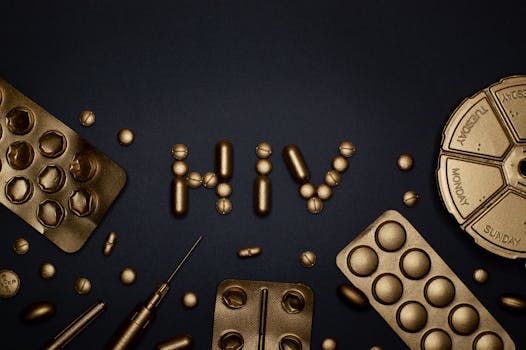
The Science Behind Vaccines and Public Health
Introduction to Vaccines and Public Health

Vaccines have revolutionized public health by providing a safe and effective way to prevent infectious diseases. The science behind vaccines is a complex and multifaceted field that has evolved over the centuries. From the discovery of the first vaccine to the development of modern vaccines, the science behind vaccines has been driven by a desire to protect human health and prevent disease.
The focus keyword of this article is vaccines and public health. By understanding the science behind vaccines, we can better appreciate the importance of vaccination in preventing infectious diseases and promoting public health.
History of Vaccines

The history of vaccines dates back to the 18th century, when Edward Jenner developed the first vaccine against smallpox. Since then, vaccines have been developed against a wide range of infectious diseases, including measles, mumps, rubella, polio, and many others.
Vaccines work by introducing a small, harmless piece of a pathogen, such as a virus or bacteria, to the body. This triggers an immune response, which helps to build immunity against the disease. Over time, vaccines have become increasingly sophisticated, with the development of new technologies and techniques for creating and administering vaccines.
The Science Behind Vaccines

The science behind vaccines is based on the principles of immunology, which is the study of the immune system. The immune system is a complex system that involves various cells, tissues, and organs working together to protect the body against infection and disease.
When a vaccine is administered, it triggers an immune response, which involves the activation of immune cells, such as T cells and B cells. These cells work together to recognize and eliminate the pathogen, and to build immunity against future infections.
Vaccines can be made from a variety of materials, including weakened or killed pathogens, toxins, or genetic material. The type of vaccine used depends on the specific disease being targeted, as well as the age and health status of the individual being vaccinated.
Impact of Vaccines on Public Health

Vaccines have had a profound impact on public health, saving millions of lives and preventing countless cases of disease. According to the World Health Organization (WHO), vaccines have been responsible for some of the greatest achievements in public health, including:
- The eradication of smallpox, which was once a major killer of children and adults alike.
- The near elimination of polio, which was once a major cause of disability and death.
- The significant reduction in the number of cases of measles, mumps, and rubella, which were once common childhood diseases.
In addition to their impact on individual diseases, vaccines have also had a broader impact on public health. By reducing the spread of infectious diseases, vaccines have helped to:
- Prevent outbreaks and epidemics.
- Protect vulnerable populations, such as the elderly and young children.
- Reduce the burden on healthcare systems, which can become overwhelmed during outbreaks and epidemics.
Conclusion

In conclusion, the science behind vaccines is a complex and multifaceted field that has evolved over the centuries. By understanding the science behind vaccines, we can better appreciate the importance of vaccination in preventing infectious diseases and promoting public health. The impact of vaccines on public health has been profound, saving millions of lives and preventing countless cases of disease. As we continue to develop new and better vaccines, it is essential that we remain committed to the principles of vaccination and public health, and work to ensure that everyone has access to the vaccines they need to stay healthy and thrive.






